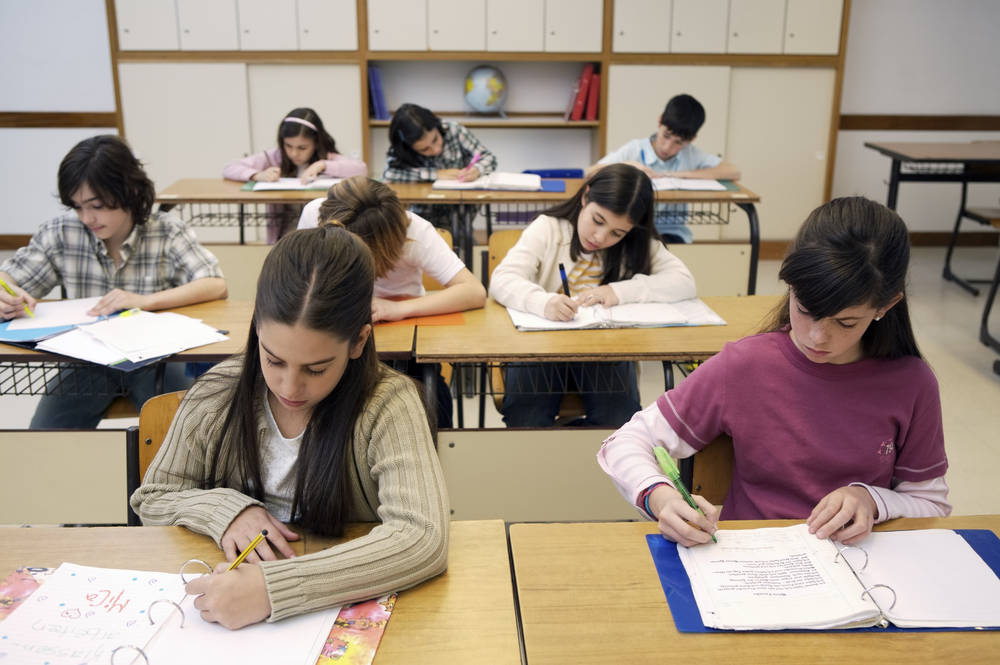Proposition 15 Puts Education Last

Proponents of Proposition 15 cite classrooms as the main reason for taxing local properties and businesses. Unfortunately, Proposition 15 actually places education last in line.
Most commercial real estate and business organizations are not automatically opposed to higher tax measures. In fact, local organizations are willing to consider these measures as long as they are fair, transparent, and support important government services.
However, Prop. 15 was rushed through the ballot process and excluded input from key stakeholders. And, above all, Prop. 15 only marginally supports California classrooms.
In reality, most Californians will not see a majority of the revenue. Instead, they'll be faced with higher rent and cost of living.
Proposition 15 gives politicians 70% of the profits
Under the Proposition 15 tax regime, classrooms will not see most of the money. In fact, over 70% of the forecasted revenue will go to Sacramento and other local jurisdictions.
This is because the ballot initiative clearly states that schools will only receive money after all "necessary funds" have been transferred. These necessary transfers include administrative costs, backfilled taxes to the state General Fund, refunds for appeals, and the local government share of funding.
Additionally, to support this claim, schools can only receive money equal to their share of property taxes. In most cases, local governments will receive more than double of what classrooms will see.
Moreover, the ballot initiative does not mandate any education reforms or classroom improvements. In particular, there are no requirements that any of the new tax money will reduce class sizes, increase teacher pay, or expand outreach programs.
Certainly, Proposition 15 is being used to help prop up costly government expenditures. However, taxing the most vulnerable businesses and communities is not the correct answer.


